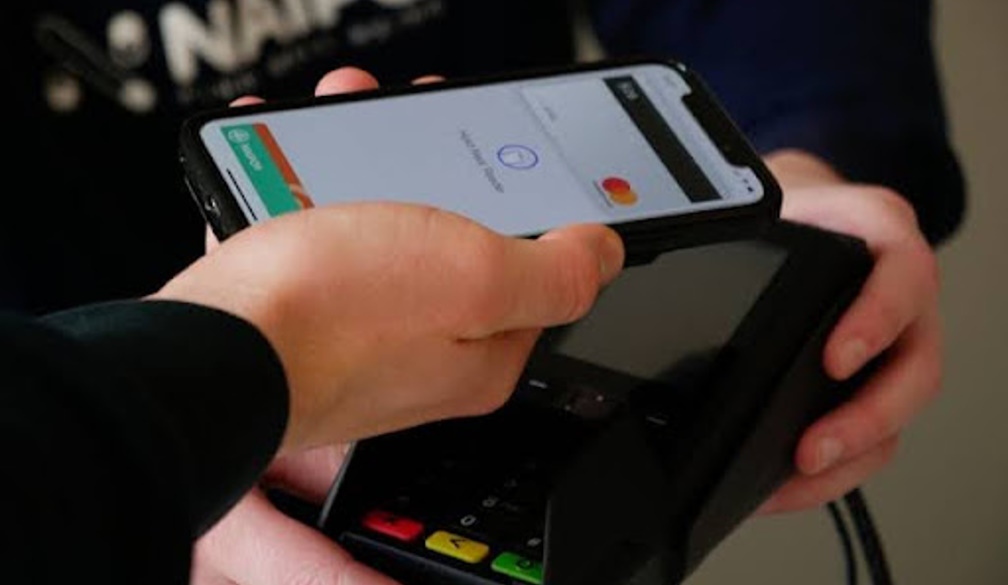4 Identity Verification Methods to Consider for Your Business

Photo by naipo.de on Unsplash
In today's digital landscape, building trust relies heavily on verifying identities to confirm that individuals are who they claim to be online. As cybercriminals grow more advanced, robust identity verification methods become essential.
Social media and various platforms face the challenge of authenticating user identities to reduce misinformation and safeguard minors. Innovative approaches, such as video selfie verifications, are being implemented to deter financial fraud. As our digital interactions continue to evolve, employing AI-driven solutions is crucial to uphold the integrity and security of our online identities.
Document Verification
Document verification is a widely used method for confirming identity, particularly in financial institutions with stringent KYC standards. This approach generally involves using ID scanning software to capture, extract, and validate details from a customer's physical or digital ID.
Accepted IDs in this method are strictly government-issued, including passports, National IDs, and driver's licenses. The software then cross-checks the essential details on the ID with government records to verify its authenticity.
Security features like watermarks, machine-readable zones, and holograms are examined and validated using machine-learning algorithms that reference global databases to ensure their genuineness.
These verification solutions can also interpret magnetic strips and barcodes found on documents. MRZ OCR scanning tools can assist with ID authentication, information extraction, and validation and streamline the verification process.
Two-factor Authentication
Two-factor or multifactor authentication is prevalent across many applications, using various methods to confirm a customer's identity. For instance, a code might be sent to the customer's registered email or phone, which they then need to provide. While this process is straightforward and user-friendly, it does depend on previously collected customer data.
This type of authentication is particularly beneficial for critical account activities such as password resets, account creation, and login processes. However, it primarily verifies platform access rather than personal identity, differing from document and database verification methods.
Knowledge-based Verification
Knowledge-Based Enrollment (KBE) is an identity verification approach that utilizes pre-existing information familiar to the institution and the individual. This data is typically gathered during the initial setup of an account or through past interactions with the service.
During registration, comprehensive details about the individual are collected. This may include personal information, account activity, transaction history, security questions, and other pertinent data. When identity verification is necessary, the system creates a series of questions based on this pre-collected information, typically dynamic and changing according to the available data.
While KBE and knowledge-based authentication (KBA) rely on information known to the user for identity verification, their applications differ. KBE is primarily used during the initial setup of an account or registration, whereas KBA is employed during the authentication process.
Credit Bureau-Based Authentication
A credit bureau-based authentication method verifies a person's identity using data gathered from credit bureaus. Like database verification, it compares a user’s personal details with information from these bureaus. Financial institutions prefer this approach for its simplicity, as it allows matching a user’s credit score with their personal information without requiring extra steps from the user.
This method is commonly used to confirm the identity of individuals opening bank accounts. It involves verifying names, addresses, and social security numbers against credit histories and financial records. It also helps lending companies assess a person's creditworthiness.
Additionally, this method can serve as an alternative to standard document verification, particularly for individuals with limited credit histories, such as young adults or recent immigrants.
Endnote
The decision to use online identity verification is influenced by an organization's needs, the type of transaction, and a person's risk tolerance. In some cases requiring high security, it might be beneficial also to use paper-based identification and fingerprints.







